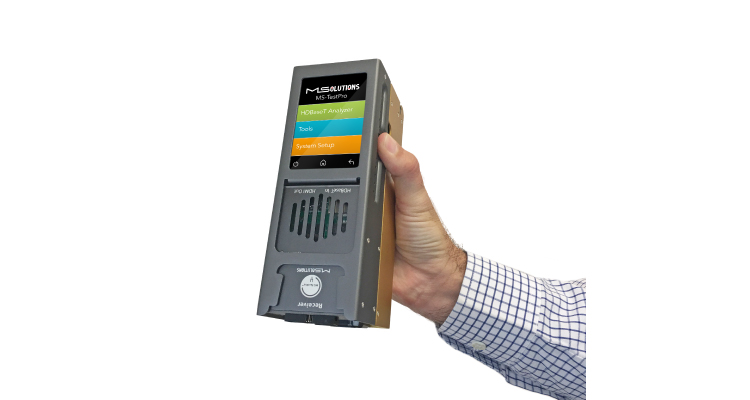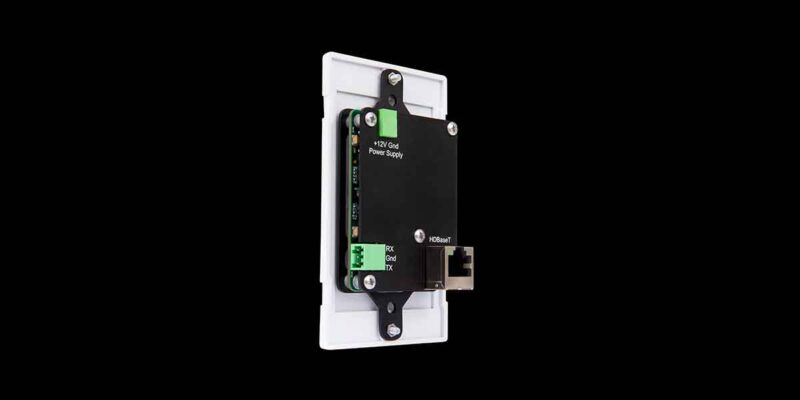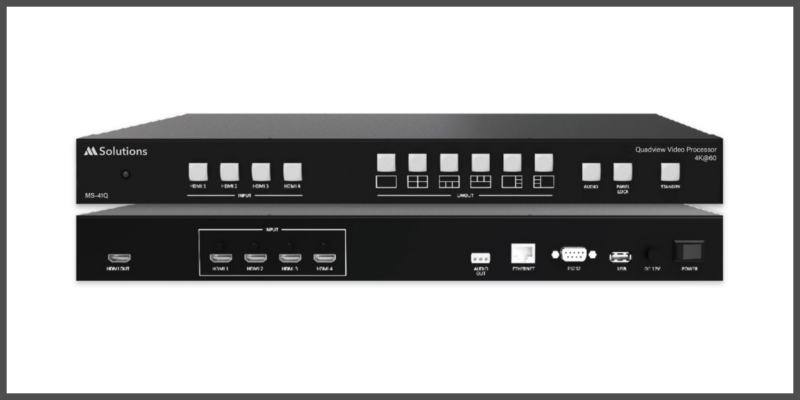Test Tips for HDBaseT and HDMI Systems
THIS IS A PROMOTED POST FROM MSOLUTIONS

By Eliran Toren
CEO and Co-Founder, MSolutions
Installers today are managing an increasingly complex web of signals, cables, sources and destinations, all of which require thorough testing to verify the quality and integrity of signals moving through the AV infrastructure. In an HDBaseT system, testing the entire cabling and wiring infrastructure is paramount to ensuring high-quality transmission without signal drops and loss of information.
Systems based on HDBaseT architecture typically have an HDMI interface from the transmitting source device, such as set-top box, Blu-ray player or Apple TV. These HDMI signals are transmitted using HDBaseT to a receiving device that reconstructs the HDMI signal before transmitting it to the sink device, typically a projector or display. The interface on the HDBaseT chipset is pure HDMI, meaning that seamless interoperability between the two is essential for any transmission.
Know Your System
Installers tend to put a heavy focus on the HDBaseT element, ensuring that the bandwidth and stability exist to carry a high-resolution 4K/60Hz signal over the extending medium. This is indeed important. However, this focus tends to overshadow assurance that the HDMI cables can support the same.
Testing the HDMI cable itself will identify both common and advanced issues. For example, one increasingly common problem is the reduction of shielded wire from within the cable. HDMI cables have 19 standard conductors for video, audio, Ethernet and data moving over twisted pairs of wiring inside the cable. Testing for the presence of shielded wires inside the cable will help to identify the supported HDMI specification and bandwidth, which is critical in the testing phase.
This is especially important given the transition to HDMI 2.0, which was overwhelmingly driven by the urge for more bandwidth to support higher-resolution signals. Many cables on the market today are still limited to Full HD (1080p, 148 megapixels) and Ultra HD (4K 4:2:0, 297 megapixels). On short transmissions, the viewer will still receive and see an Ultra HD HDR10 (4K 4:4:4, 600 megapixels) image, but this will fail on longer runs. A quick 20-second test will help determine the capabilities to carry HDMI 2.0/1.4/1.2 signals.
Test Early and Often
Integrators are in the best position when they are able to test the infrastructure at the point of wiring the project. A large majority of projects still rely on test systems that can only be brought in at the final installation stage. The disadvantage is clear: The wiring is complete, and if there are missing signals or there is inconsistent cable quality, it results in degradation in transmission quality and missing functionality.
Today’s more diverse, portable test devices will help installers verify signal presence and integrity up front via a variety of key parameters, including:
- The maximum overhead presence to enable carriage of high-resolution signals over HDBaseT (300 Mbps)
- Activation of links to transmit through the cable, even without a source or sink to receive the signal
- The quality of transmission on the uplink (much higher bandwidth) and also the downlink
- Improper terminations or crimps that cause faults through the twisted pair wires
- Improper HDMI cable usage
These and other problems can be identified and fixed on the spot during cables routing, without the need to bring in a 4K display or projectors to confirm and evaluate the link. Upon confirming the integrity of all important performance parameters at the wiring stage, the end components can be installed with confidence that the signals and quality will hold.
These concepts just scratch the surface, as there are many other parameters to test and certify throughout the HDBaseT system. Testing these systems early, as well as at the end of the install, saves time and money later, particularly when you can fix any issues that crop up while you’re still there, rather than having to come back to the job site.
Get more information on MSolutions’ HDBaseT testers here.





